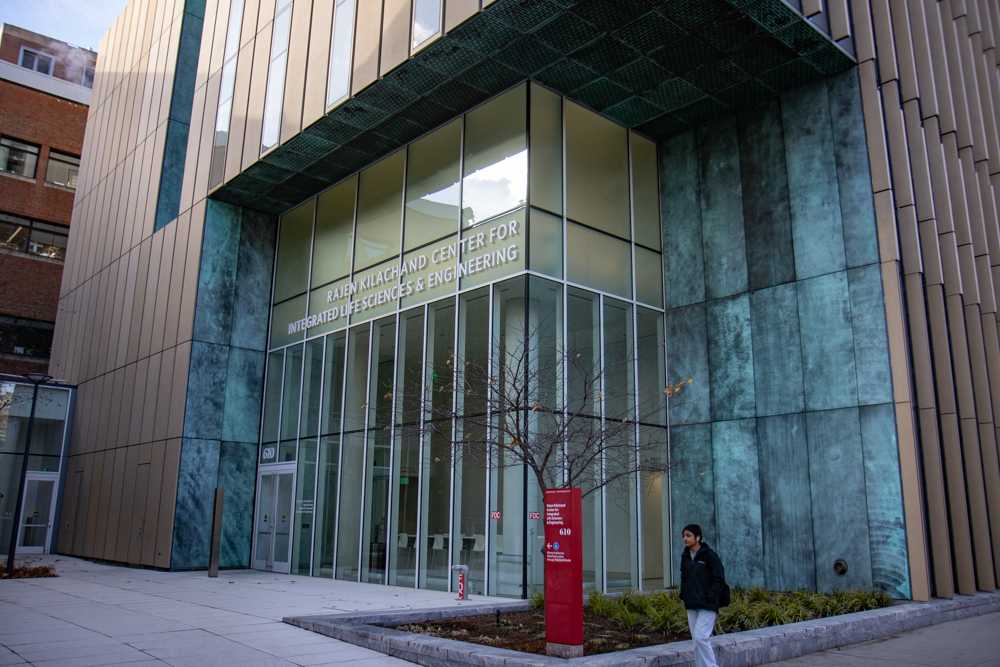Carbon dioxide levels may be so high that the damage is already irreversible.
In a recent study published in the Open Atmospheric Science Journal, 10 scientists from the United States, the United Kingdom and France reported that the world’s carbon dioxide (CO2) level may have already reached a danger zone’ ‘-‘-‘ a level that could destroy life on Earth.
Previous studies claimed 450 carbon dioxide parts per million to be the danger zone minimum for carbon dioxide emissions, but ‘Target Atmospheric CO2: Where Should Humanity Aim?’ proves that a CO2 level of fewer than 350 parts per million (carbon dioxide molecules per air molecule) could present a risk. The current atmospheric condition is 385 CO2 ppm, which is an increase rate of 2 ppm per year.
The research is based on Earth’s climate history and observations of change in the polar regions. The authors used evidence of Earth’s responses to past changes of CO2 while studying recent patterns of climate changes, proving that we have already entered the danger zone.
One aspect of the research was providing data on the past 5 million years of the world’s ice volume, Maureen Raymo, a professor in the College of Arts and Sciences, said. Raymo is focused on trying to understand the sea levels of 3 million years ago to obtain evidence on how stable or unstable the East Antarctic ice sheet is now.
‘People are not aware of how sensitive the climate is to current carbon dioxide levels,’ Raymo said. ‘Even if we stop emission of carbon dioxide in its tracks right now, the climate will still get warmer.’
Three million years ago, the atmospheric CO2 level was also 380 parts per million and the sea level was somewhere between 10 and 40 meters higher than it is now, Raymo said.’
‘If the sea levels rise to what they were the last time the level was this high, it will be almost impossible to adapt to that,’ Raymo said.
The research took years to develop, according to Jim Hansen, the head of the study who is also a professor of Earth and environmental sciences at Columbia University.
‘This work developed gradually over the last few years as it gradually became clear that the prior ‘alternative scenario’ with peak CO2 of 450 ppm would actually yield undesirable climate change,’ Hansen said.
According to the study, coal is the largest source of atmospheric CO2 and the one that would be most practical to eliminate. Coal has large reserves, whereas oil resources are already highly depleted. The authors concluded that ‘The only realistic way to sharply curtail CO2 emissions is to phase out coal use except where CO2 is captured and sequestered.’
The model designed by the authors of the project calls for phasing out coal emissions between 2010 and 2030 so that atmospheric CO2 would peak at 400 to 425 ppm and then slowly decline. The peak levels would depend on the accuracy of oil and gas reserves estimates, according to the study.
If the results of this study are correct, people should push policymakers toward reducing carbon emissions while still preparing for inevitable significant climate change, according to Earth science professor Andrew Kurtz.
‘This paper, if correct, suggests that even with a complete cessation of CO2 emissions, we’re still in trouble.’
Raymo agreed that conservation efforts alone won’t be enough and that it is financially favorable to start removing CO2 sooner rather than later.
‘We are probably going to have to remove CO2 from the atmosphere,’ Raymo said.
CAS junior Eddie Miller, the chairman of communication for Mass Powershift and the regional event coordinator for Starting Bloc, an education program for emerging leaders, said this study is good for the public image of climate change because scientists finally consent on it being a real issue.
Kurtz explained that the study is significant because people often hear policymakers like Al Gore arguing about a ’10-year window’ until the ‘tipping point’- meaning there are 10 years left to reduce carbon emissions, after which the problems become irreversible. But the study suggests that the carbon emissions are already irreversible.
Climate change is a massive problem, and the potential for reversing the damage is unlikely, Kurtz said.
‘Our ways out of this mess are diminished every day.’
























































































































